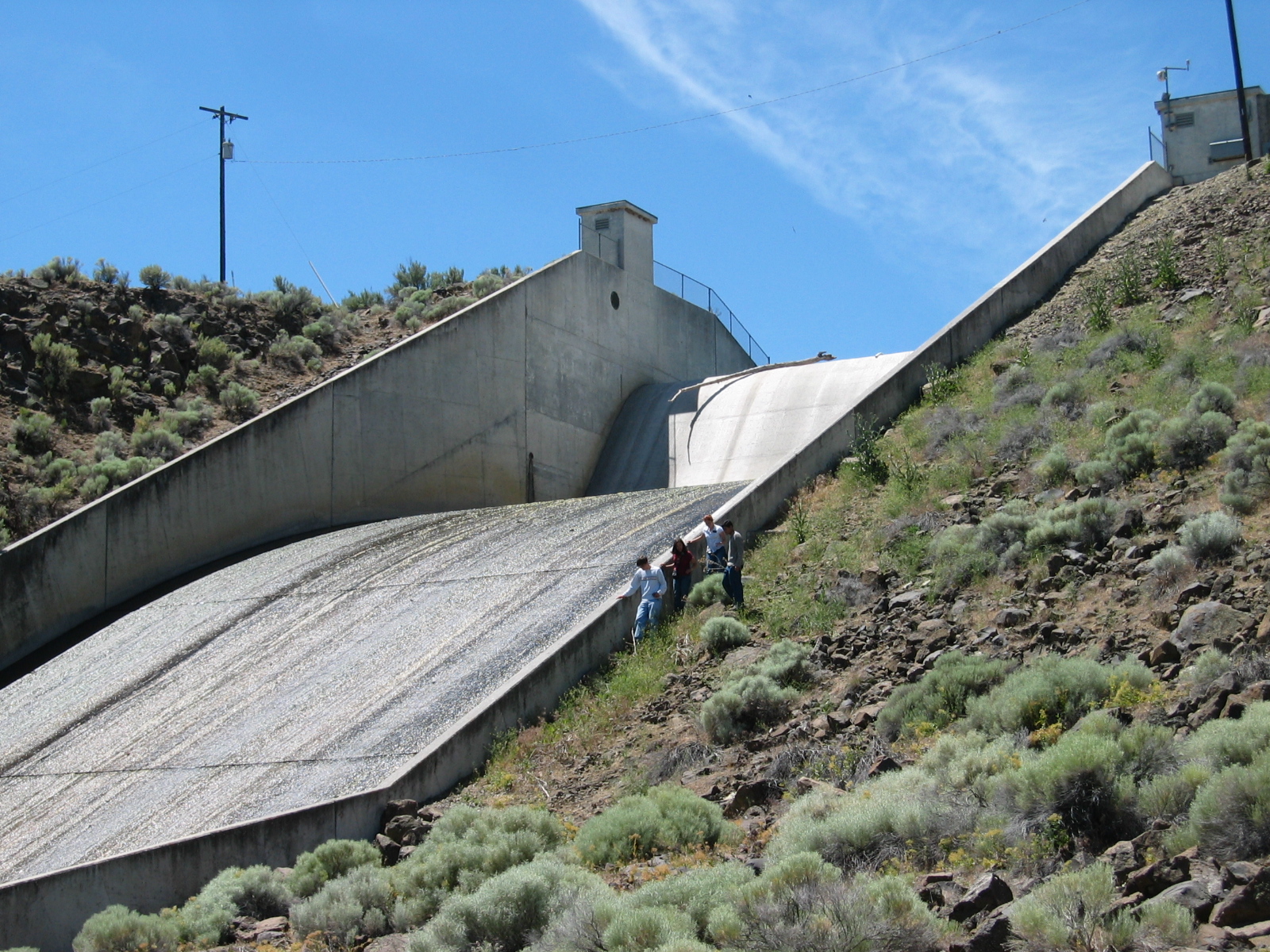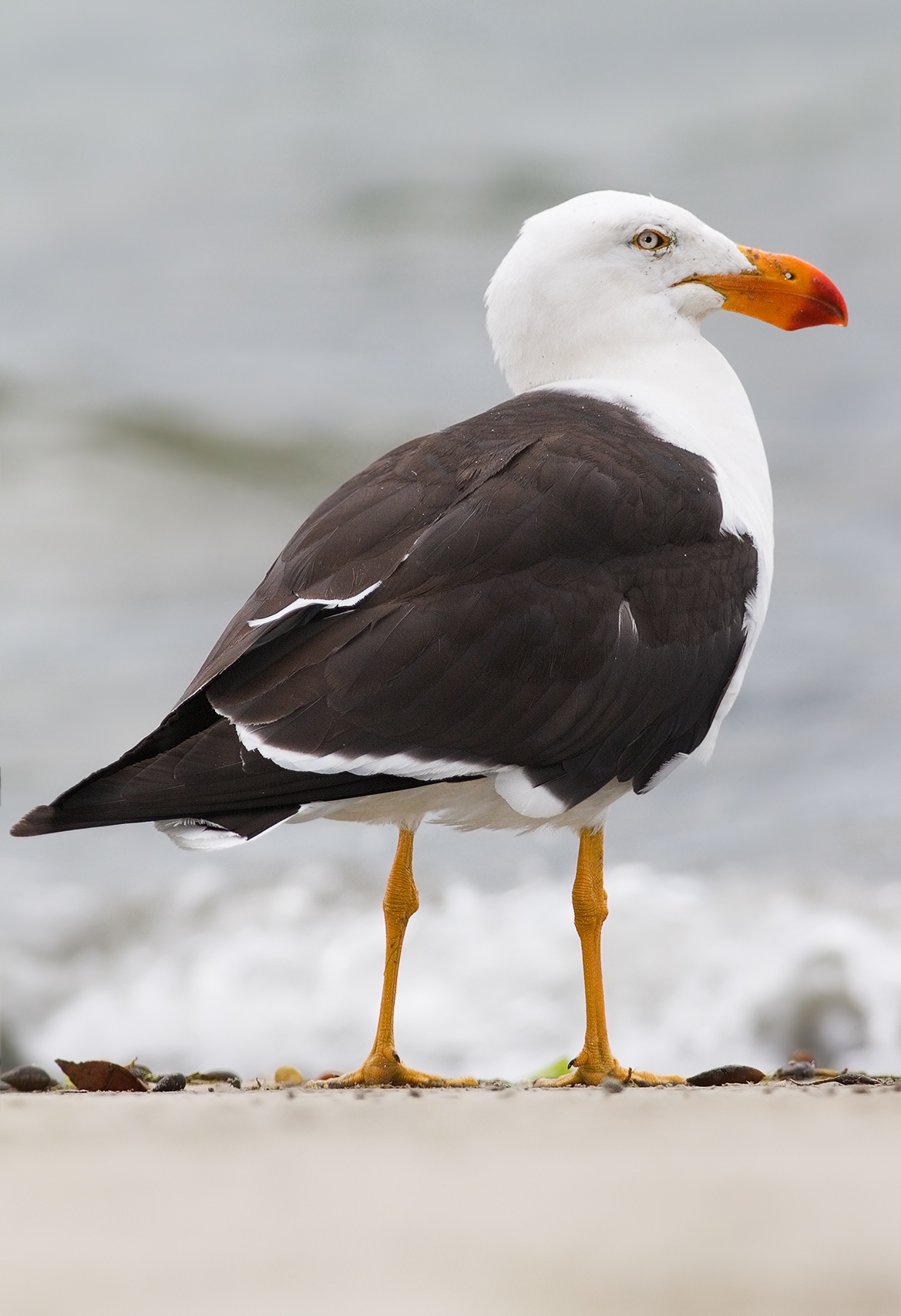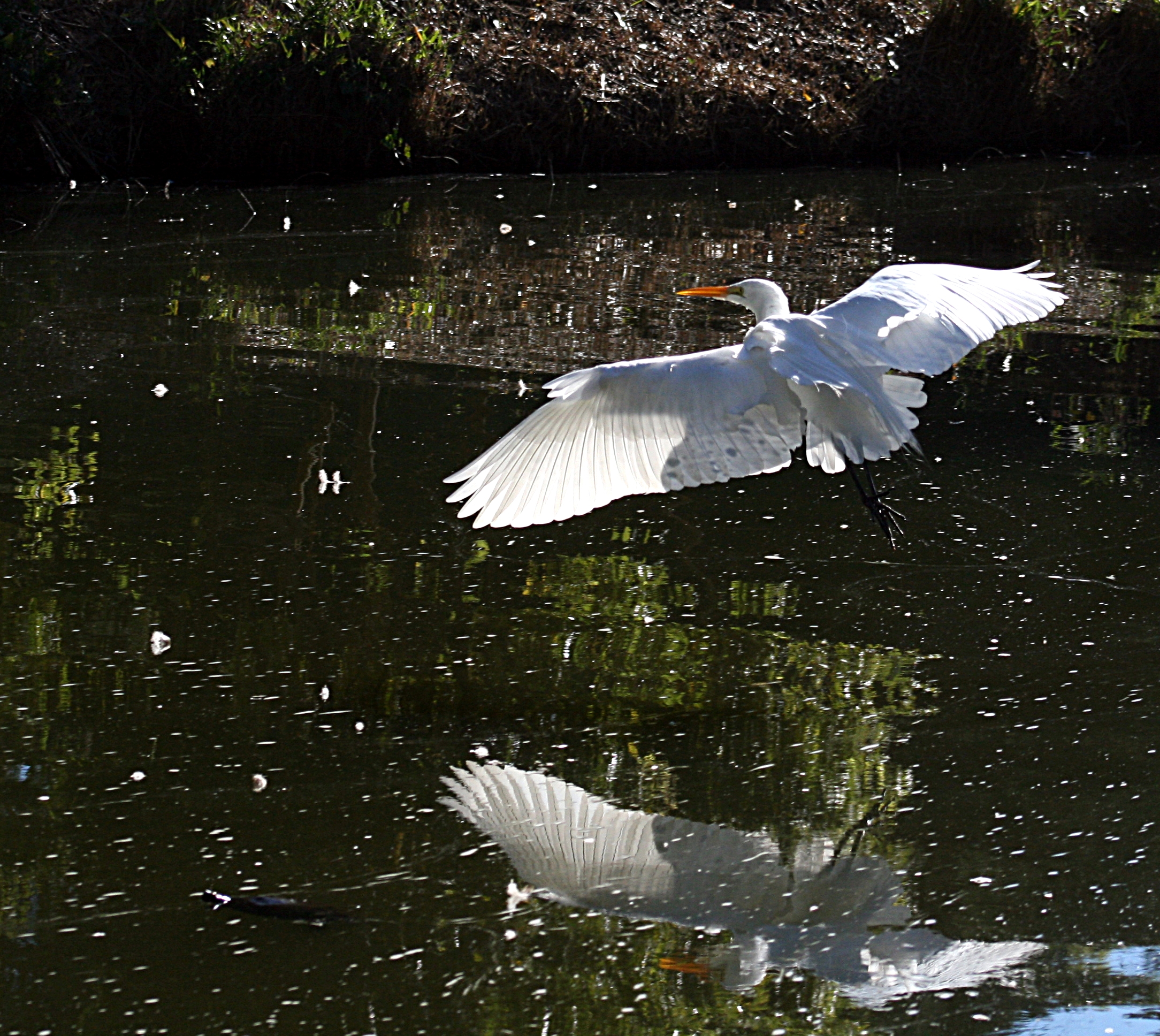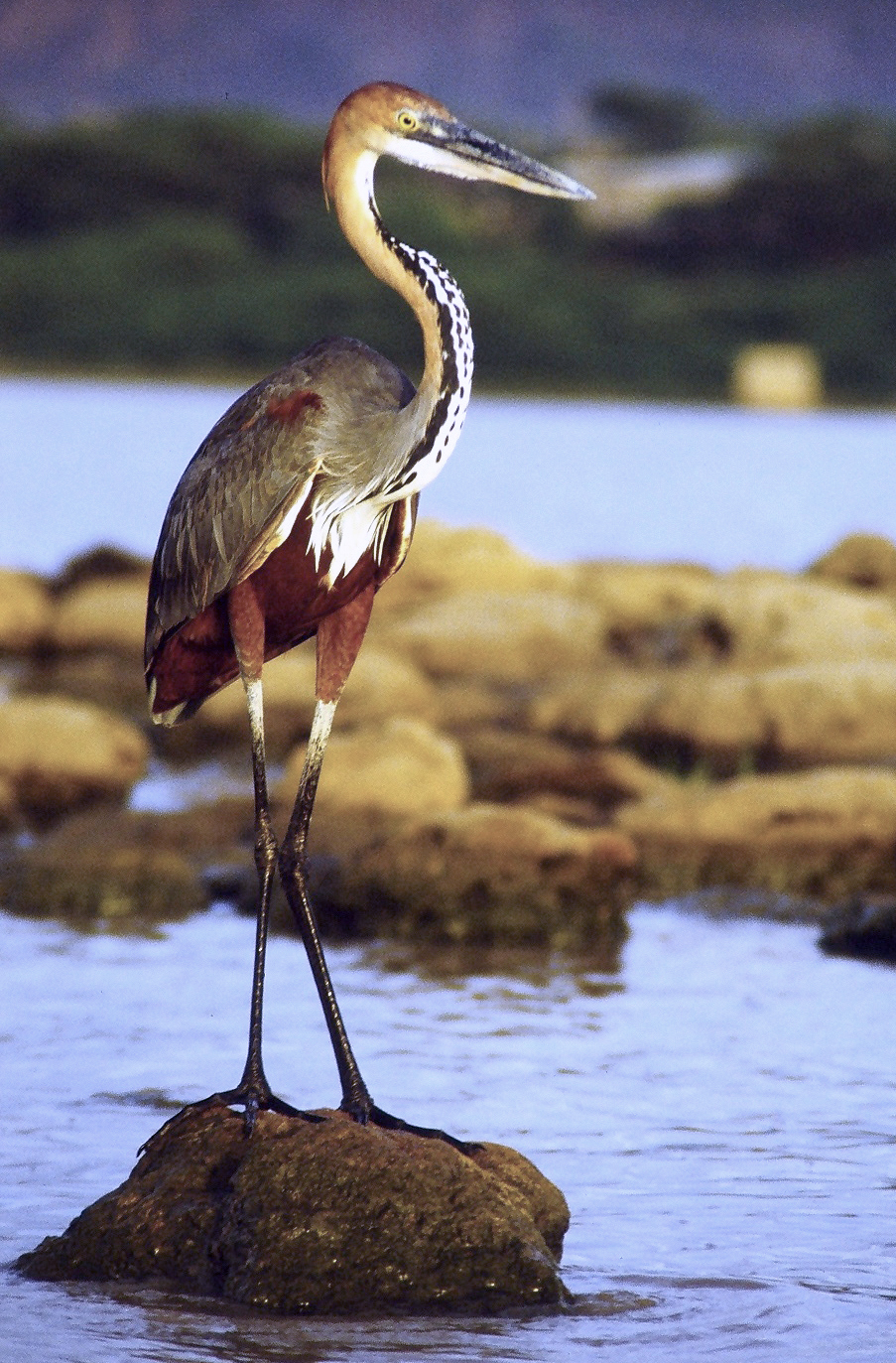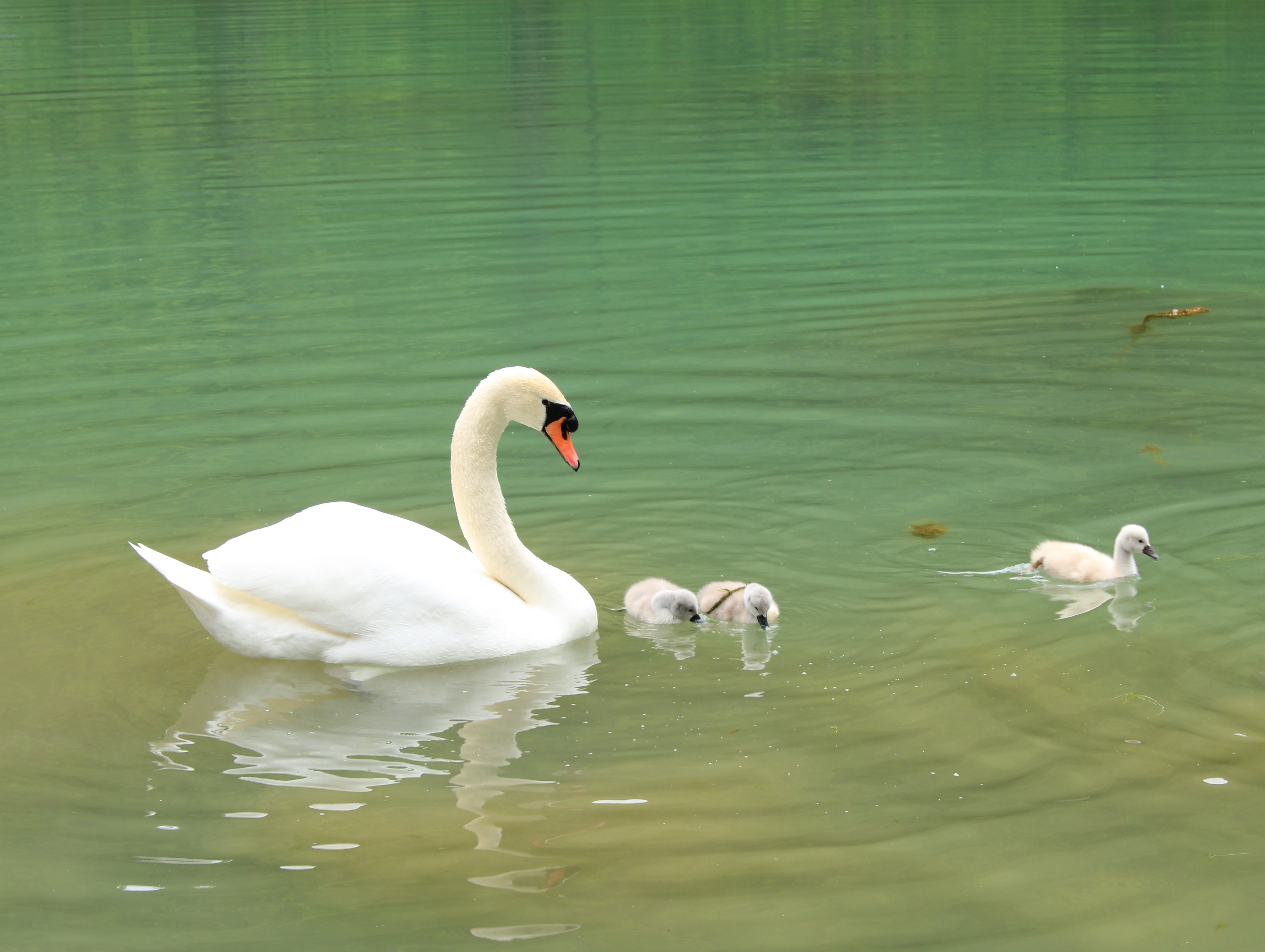|
Malheur Lake
Malheur Lake ( ) is one of the lakes in the Malheur National Wildlife Refuge in Harney County, Oregon, Harney County in the U.S. state of Oregon. Located about southeast of Burns, Oregon, Burns, the lake is marsh fed by the Donner und Blitzen River from the south and the Silvies River from the north. Malheur Lake periodically overflows into Mud Lake to the west and thence to Harney Lake, the Sink (geography), sink of Harney Basin. The western area of Malheur Lake consists of ponds separated by small islands and peninsulas. The lake's central and eastern sections are more open. The generally shallow water is suitable habitat for migratory birds, waterfowl, and aquatic plants. As is typical of Great Basin lakes, Malheur Lake's surface area changes dramatically with the local weather, climate, and season because the lake is in a very flat basin. A large influence on the water volume is local snow melt, especially from Steens Mountain, south of the lake. For example, large snowpa ... [...More Info...] [...Related Items...] OR: [Wikipedia] [Google] [Baidu] |
Harney Lake
Harney Lake is a shallow alkali lake basin located in southeast Oregon, United States, approximately south of the city of Burns, Oregon, Burns. The lake lies within the boundary of the Malheur National Wildlife Refuge and is the lowest point in the Donner und Blitzen River, Blitzen Valley drainage. History The lake has been known by several names, including Salt Lake in 1838, Tonowama, and Lake Harney. Despite a history of 9,000 years of human inhabitation on Harney Lake by the Northern Paiute, Northern Paiute Indians primarily as nomadic wintering camps, little sign of modern human habitation is evident on Harney Lake. The nearest residents live in the community of Narrows, Oregon, Narrows. Water level During wet years, the lake receives water from Malheur Lake, located approximately to the east. The depth of Harney Lake is less than during normal water years and has dried up completely during times of drought. As typical to other alkali lake beds in the western ... [...More Info...] [...Related Items...] OR: [Wikipedia] [Google] [Baidu] |
Malheur River
The Malheur River ( ) is a tributary of the Snake River in eastern Oregon in the United States. It drains a high desert area, between the Harney Basin, the Blue Mountains and the Snake. In the past Malheur Lake (located in the enclosed Harney Basin to the southwest) outflowed into the river. Course The Malheur River rises in the southern Blue Mountains of southern Grant County, south of Strawberry Mountain in the Strawberry Mountain Wilderness. It flows south through Malheur National Forest, then southeast past Drewsey and through Warm Springs Reservoir. At Riverside in western Malheur County, it receives the South Fork Malheur River from the south, then turns sharply back northward to Juntura, where it receives the North Fork Malheur River from the north. From Juntura it flows generally east past Vale, joining the Snake from the west approximately north of Ontario, Oregon. The mouth of the Malheur River is approximately at Snake river mile (RM) 370 or river ... [...More Info...] [...Related Items...] OR: [Wikipedia] [Google] [Baidu] |
Grebe
Grebes () are aquatic diving birds in the order (biology), order Podicipediformes (). Grebes are widely distributed freshwater birds, with some species also found in sea, marine habitats during Bird migration, migration and winter. Most grebes fly, although some flightless species exist, most notably in stable lakes. The order contains a single family (biology), family, the Podicipedidae, which includes 22 species in six extant genus, genera. Although, superficially, they resemble other diving birds such as loons and coots, they are most closely related to flamingos, as supported by morphology (biology), morphological, molecular and paleontology, paleontological data. Many species are monogamy in animals, monogamous and are known for their courtship displays, with the pair performing synchronized dances across the water's surface. The birds build floating vegetative nests where they lay several eggs. About a third of the world's grebes are listed at various levels of conservatio ... [...More Info...] [...Related Items...] OR: [Wikipedia] [Google] [Baidu] |
Tern
Terns are seabirds in the family Laridae, subfamily Sterninae, that have a worldwide distribution and are normally found near the sea, rivers, or wetlands. Terns are treated in eleven genera in a subgroup of the family Laridae, which also includes several genera of gulls and the skimmers (''Rynchops''). They are slender, lightly built birds with long, forked tails, narrow wings, long bills, and relatively short legs. Most species are pale grey above and white below with a contrasting black cap to the head, but the marsh terns, the black-bellied tern, the Inca tern, and some noddies have dark body plumage for at least part of the year. The sexes are identical in appearance, but young birds are readily distinguishable from adults. Terns have a non-breeding plumage, which usually involves a white forehead and much-reduced black cap. Terns are long-lived birds and are relatively free from natural predators and parasites; most species are declining in numbers due directly o ... [...More Info...] [...Related Items...] OR: [Wikipedia] [Google] [Baidu] |
Gull
Gulls, or colloquially seagulls, are seabirds of the subfamily Larinae. They are most closely related to terns and skimmers, distantly related to auks, and even more distantly related to waders. Until the 21st century, most gulls were placed in the genus ''Larus'', but that arrangement is now considered polyphyletic, leading to the resurrection of several genera. An older name for gulls is mews; this still exists in certain regional English dialects and is cognate with German , Danish ', Swedish ', Dutch ', Norwegian ', and French '. Gulls are usually grey or white, often with black markings on the head or wings. They normally have harsh wailing or squawking calls, stout bills, and webbed feet. Most gulls are ground-nesting piscivores or carnivores which take live food or scavenge opportunistically, particularly the ''Larus'' species. Live food often includes crustaceans, molluscs, fish and small birds. Gulls have unhinging jaws that provide the flexibility to consume large ... [...More Info...] [...Related Items...] OR: [Wikipedia] [Google] [Baidu] |
Egret
Egrets ( ) are herons, generally long-legged wading birds, that have white or buff plumage, developing fine plumes (usually milky white) during the breeding season. Egrets are not a biologically distinct group from herons and have the same build. Biology Egrets hold a separate group with bitterns and herons within the 74 species found in the bird family Ardeidae. Many egrets are members of the genus, genera ''Egretta'' or ''Ardea (genus), Ardea'', which also contain other species named as herons rather than egrets. The distinction between a heron and an egret is rather vague, and depends more on appearance than biology. The word "egret" comes from the French word ''aigrette'' that means both "silver heron" and "brush", referring to the long, filamentous feathers that seem to cascade down an egret's back during the breeding season (also called "egrets"). Several of the egrets have been reclassified from one genus to another in recent years; the great egret, for example, has be ... [...More Info...] [...Related Items...] OR: [Wikipedia] [Google] [Baidu] |
Heron
Herons are long-legged, long-necked, freshwater and coastal birds in the family Ardeidae, with 75 recognised species, some of which are referred to as egrets or bitterns rather than herons. Members of the genus ''Botaurus'' are referred to as bitterns, and, together with the zigzag heron, or zigzag bittern, in the monotypic genus ''Zebrilus'', form a monophyletic group within the Ardeidae. Egrets do not form a biologically distinct group from herons, and tend to be named differently because they are mainly white or have decorative plumes in breeding plumage. Herons, by evolutionary adaptation, have long beaks. The classification of the individual heron/egret species is fraught with difficulty, and no clear consensus exists about the correct placement of many species into either of the two major genera, ''Ardea (genus), Ardea'' and ''Egretta''. Similarly, the relationships of the genus, genera in the family are not completely resolved. However, one species formerly considered to c ... [...More Info...] [...Related Items...] OR: [Wikipedia] [Google] [Baidu] |
Swan
Swans are birds of the genus ''Cygnus'' within the family Anatidae. The swans' closest relatives include the goose, geese and ducks. Swans are grouped with the closely related geese in the subfamily Anserinae where they form the tribe (biology), tribe Cygnini. Sometimes, they are considered a distinct subfamily, Cygninae. They are the largest Anseriformes, waterfowl and are often among the largest Bird flight, flighted birds in their range. There are six living and many extinct species of swan; in addition, there is a species known as the coscoroba swan which is no longer considered one of the true swans. Swans usually mate for life, although separation sometimes occurs, particularly following nesting failure, and if a mate dies, the remaining swan will take up with another. The number of bird egg, eggs in each :wikt:clutch, clutch ranges from three to eight. Taxonomy and terminology The genus ''Cygnus'' was introduced in 1764 by the French naturalist François Alexandre Pier ... [...More Info...] [...Related Items...] OR: [Wikipedia] [Google] [Baidu] |
Goose
A goose (: geese) is a bird of any of several waterfowl species in the family Anatidae. This group comprises the genera '' Anser'' (grey geese and white geese) and '' Branta'' (black geese). Some members of the Tadorninae subfamily (e.g., Egyptian goose, Orinoco goose) are commonly called geese, but are not considered "true geese" taxonomically. More distantly related members of the family Anatidae are swans, most of which are larger than true geese, and ducks, which are smaller. The term "goose" may refer to such bird of either sex, but when paired with "gander", "goose" refers specifically to a female one ("gander" referring to a male). Young birds before fledging are called goslings. The collective noun for a group of geese on the ground is a gaggle; when in flight, they are called a skein, a team, or a wedge; when flying close together, they are called a plump. Etymology The word "goose" is a direct descendant of Proto-Indo-European ''*ǵʰh₂éns''. In Germanic lang ... [...More Info...] [...Related Items...] OR: [Wikipedia] [Google] [Baidu] |
Duck
Duck is the common name for numerous species of waterfowl in the family (biology), family Anatidae. Ducks are generally smaller and shorter-necked than swans and goose, geese, which are members of the same family. Divided among several subfamilies, they are a form taxon; they do not represent a monophyletic group (the group of all descendants of a single common ancestral species), since swans and geese are not considered ducks. Ducks are mostly aquatic birds, and may be found in both fresh water and sea water. Ducks are sometimes confused with several types of unrelated water birds with similar forms, such as loons or divers, grebes, gallinules and coots. Etymology The word ''duck'' comes from Old English 'diver', a derivative of the verb 'to duck, bend down low as if to get under something, or dive', because of the way many species in the dabbling duck group feed by upending; compare with Dutch language, Dutch and German language, German 'to dive'. This word replaced ... [...More Info...] [...Related Items...] OR: [Wikipedia] [Google] [Baidu] |
Connecticut
Connecticut ( ) is a U.S. state, state in the New England region of the Northeastern United States. It borders Rhode Island to the east, Massachusetts to the north, New York (state), New York to the west, and Long Island Sound to the south. Its capital is Hartford, Connecticut, Hartford, and its most populous city is Bridgeport, Connecticut, Bridgeport. Connecticut lies between the major hubs of New York City and Boston along the Northeast megalopolis, Northeast Corridor, where the New York metropolitan area, New York-Newark Combined Statistical Area, which includes four of Connecticut's seven largest cities, extends into the southwestern part of the state. Connecticut is the List of U.S. states and territories by area, third-smallest state by area after Rhode Island and Delaware, and the List of U.S. states and territories by population, 29th most populous with more than 3.6 million residents as of 2024, ranking it fourth among the List of states and territories of the Unite ... [...More Info...] [...Related Items...] OR: [Wikipedia] [Google] [Baidu] |
Endorheic Basin
An endorheic basin ( ; also endoreic basin and endorreic basin) is a drainage basin that normally retains water and allows no outflow to other external bodies of water (e.g. rivers and oceans); instead, the water drainage flows into permanent and seasonal lakes and swamps that equilibrate through evaporation. Endorheic basins are also called closed basins, terminal basins, and internal drainage systems. Endorheic regions contrast with open lakes (exorheic regions), where surface waters eventually drain into the ocean. In general, water basins with subsurface outflows that lead to the ocean are not considered endorheic; but cryptorheic. Endorheic basins constitute local base levels, defining a limit of the erosion and deposition processes of nearby areas. Endorheic water bodies include the Caspian Sea, which is the world's largest inland body of water. Etymology The term ''endorheic'' derives from the French word , which combines ( 'within') and 'flow'. Endorheic lake ... [...More Info...] [...Related Items...] OR: [Wikipedia] [Google] [Baidu] |
